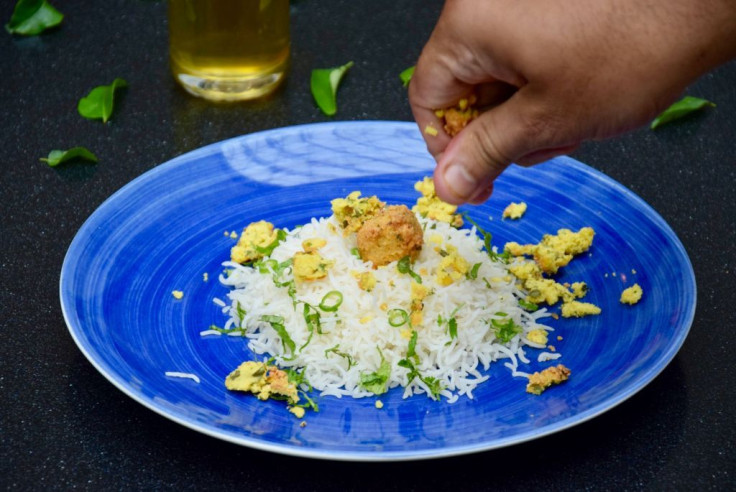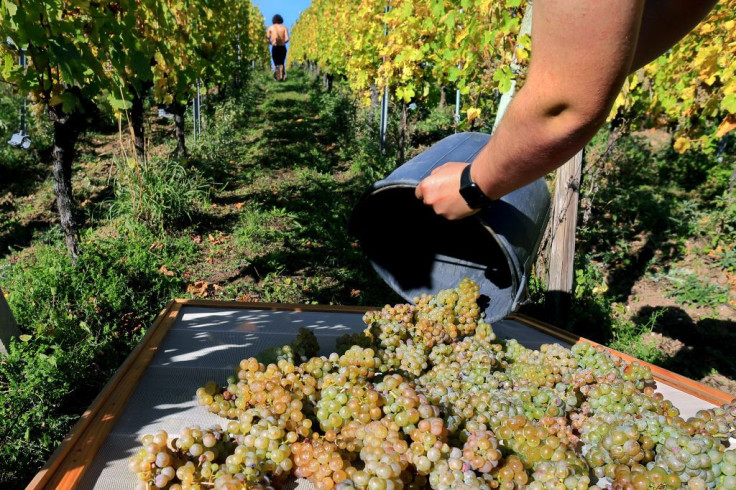No one wants to start the New Year on the wrong foot by serving inauspicious food that could bring them a string of misfortune and bad luck in the coming year. So if you’re one of those superstitious folks, you need to get your game on before the stroke of midnight on New Year’s Eve.
It’s another COVID-19 New Year but maybe if you do it right with these good luck eats, 2022 might be the year to get things back to normal, or maybe yet – the best year ever!
Here is a list of auspicious foods you can eat for good luck and good fortune to ring in the coming year.
Wealth, prosperity and abundance:
Black-eyed peas, greens and cornbread
The power of three cannot do you wrong as dishes that are made with these ingredients are said to bring pennies, dollars, and gold. All three should be served and eaten together. Black-eyed peas bring pennies, Greens for dollars, and Cornbread is for gold.

Rice
Yes, rice! Although this is more of an Asian side dish, rice has always been a symbol of wealth and abundance. Oriental superstitions call for having a full bin of rice by the stroke of midnight to ensure that you will never find yourself lacking food on the table the whole year.
Oranges and honey
The Chinese stock up on these fruits during the Lunar New Year celebration to call in the winds of fortune and prosperity. In the Chinese vocabulary, the word for Mandarin orange is “kam” - which is a homonym for gold. Bring in an extra dose of gold with honey to sweeten up your orange juice or your fresh bowl of fruits.
Fish
Fish has long been a symbol of prosperity both in Asia and in some Eastern European cultures. The shimmery scales of fish are likened to shiny coins hence the reason why they are known to be kept and saved in wallets in the hope of acquiring and attracting more wealth. It also symbolizes abundance attributed to the abundance of fish in the open seas and the fact that they always swim in large schools. Prep and serve it, however the way you like to enjoy them. Not only does it bring luck it is also a healthier protein alternative. After all, health is wealth.
Pork
In many cultures around the world, this hooved creature of the earth is the emblem of wealth and prosperity. A pot-bellied pig means it has been well-fed and cared for. Although the fateful end of the happy fat pig ends up in a roast spit, it is meant to be shared to feed a small family for days. The fattiness of the pork is much related to luxury and wealth, much like being afforded a fat chunk of fortune with your name written all over it. You don’t need to buy a whole pig for the luau or the spit. Just fry up a whole pack of bacon for New Year’s breakfast and you’re a sure winner!
Cabbage
Any sort of green vegetable is considered lucky food for New Year as it represents money. A rolled-up cabbage leaf resembles a wad of bills, which of course we all could use every day. The Chinese liken anything wrapped or made into pouch or packets to symbolize loot bags of money. Cook up a batch of stuffed cabbage or roll up some cabbage stuffed gyoza for the new year to double up that on that fortune.
Fertility:
Pomegranates
Seeds are always associated with fertility and life. As it is sowed to create life, you reap and enjoy the rewards of your efforts. Turkish superstitions consider pomegranates as a symbolical fruit of fertility. In Greek culture, pomegranates are placed outside homes and then smashed on New Year’s Day. It is said that the more seeds that scatter in the first smash the luckier the new year will be. If you’re looking to start your family, stock up on pomegranates and serve it whichever way you crave it.
Luck and magic:
Grapes
Spain and Mexico are two countries that follow the tradition of eating 12 grapes at each clock bell strike at midnight on Dec. 31. This is said to represent good luck for each month of the coming year. In some areas, it is also believed to bring in magic to ward off witches and general evil. So if you’re looking for some magic in your life for the new year, be ready to gobble up 12 grapes as fast as you can before the last midnight bell strike of the clock, else you might turn into something else?

© 2025 Latin Times. All rights reserved. Do not reproduce without permission.





